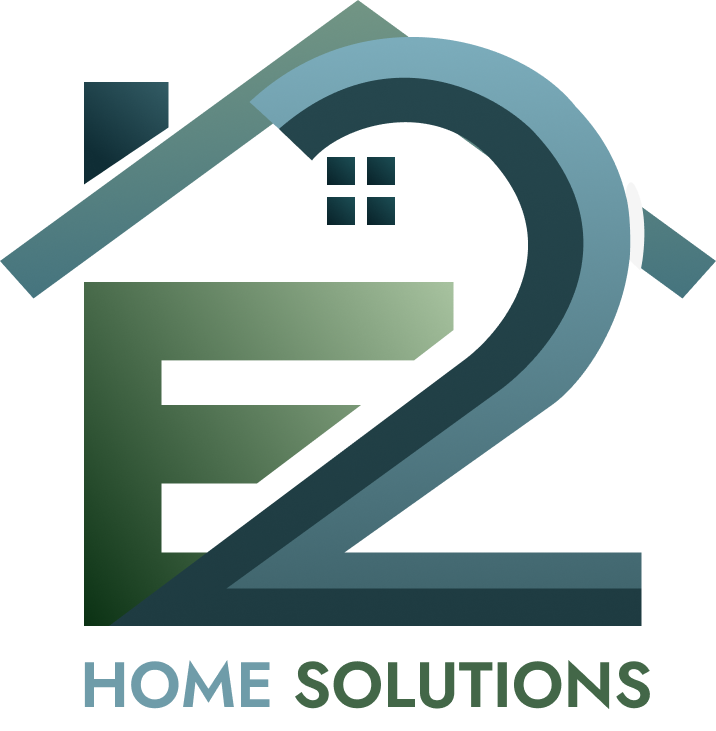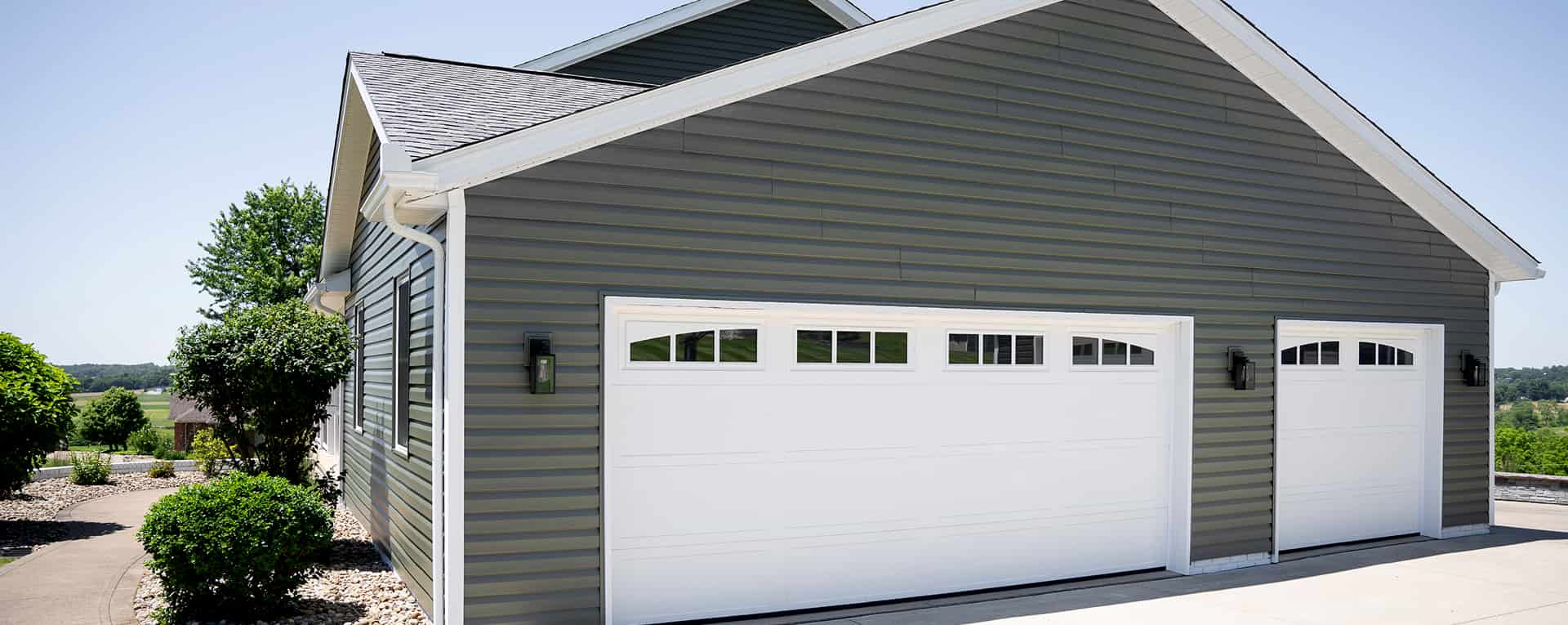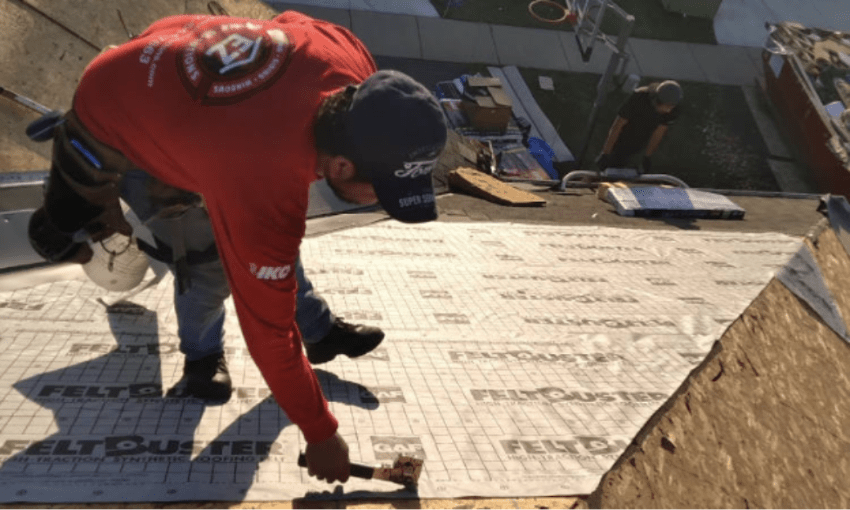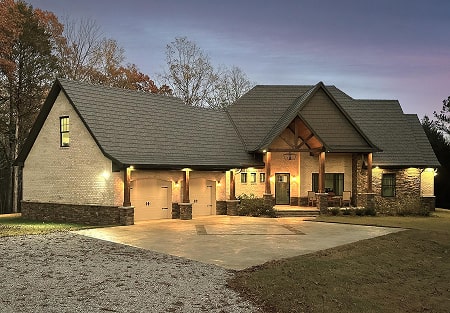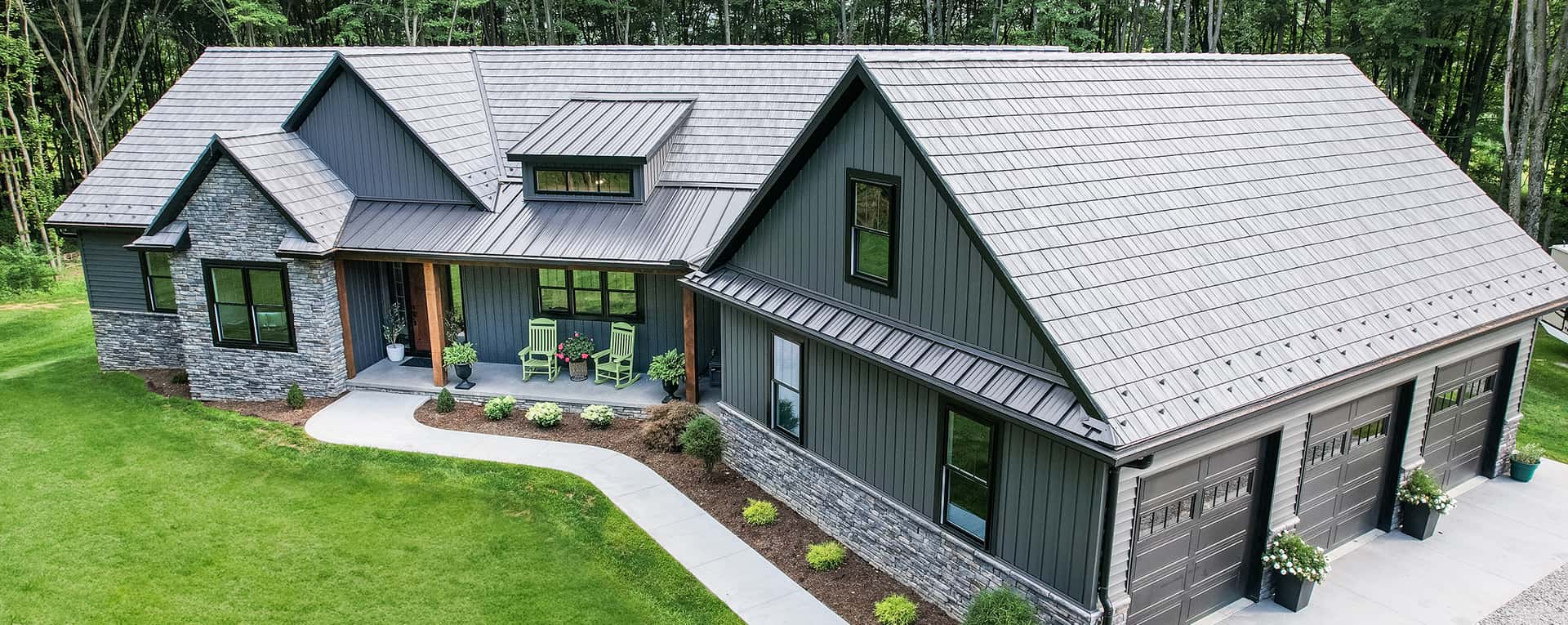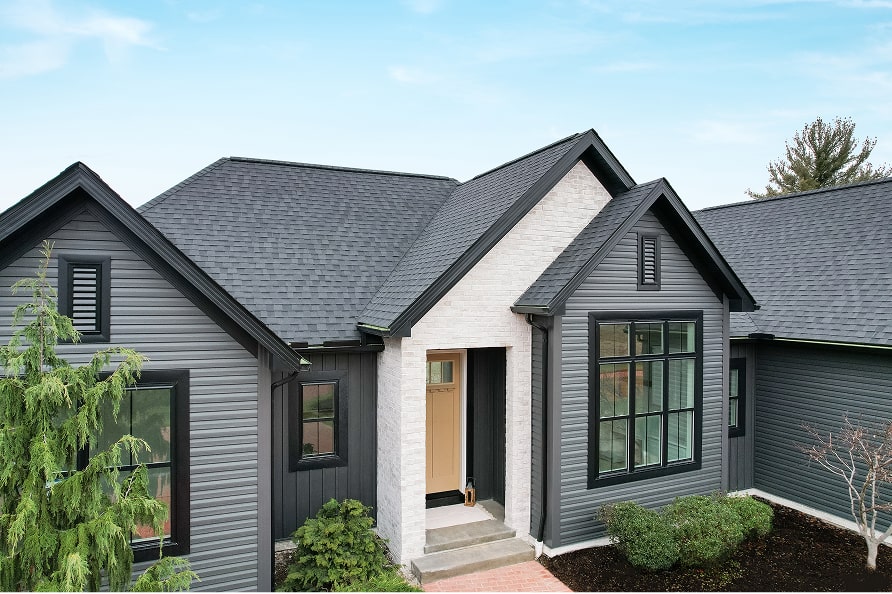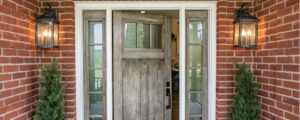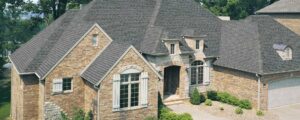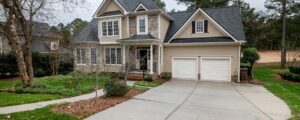Siding serves as your home’s first line of defense against weather conditions like rain, snow, and wind as we all know plagues Wisconsin residents. A proper installation is required not only by state law but also for any exterior home improvement company.
Why Energy Conservation Matters in Wisconsin
According to Wisconsin’s Chapter SPS 322 “Energy Conservation” there are a lot of concerns to cover when selecting your professional siding installer. If you are interested the PDF can be viewed here. Wisconsin experiences extreme seasonal temperature shifts, from frigid winters to warm summers. Without proper insulation and sealing, homes lose heat in winter and gain unwanted warmth in summer, leading to higher heating and cooling costs. By following SPS 322, homeowners can:
- Reduce energy bills by improving insulation and efficiency.
- Enhance home comfort year-round.
- Lower environmental impact by reducing reliance on non-renewable resources.
Who Must Follow SPS 322?
This regulation applies to most one- and two-family homes in Wisconsin that use non-renewable energy sources such as electricity or gas for heating. Homes with traditional heating systems like furnaces, boilers, and heat pumps must adhere to these rules to ensure optimal energy performance.
Key Aspects of Wisconsin’s Energy Code
1. Insulation Standards
Proper insulation is a critical component of an energy-efficient home. SPS 322 outlines minimum R-values for walls, roofs, floors, basements, and crawlspaces. A higher R-value means better insulation, reducing heat transfer and improving energy efficiency.
2. Air Sealing & Moisture Control
Gaps and cracks around doors, windows, plumbing, and attic spaces must be sealed to prevent air leaks. Effective air sealing keeps conditioned air inside, reducing the strain on heating and cooling systems. Additionally, moisture control is emphasized, requiring vapor barriers to prevent mold and structural damage.
3. Windows & Doors
Energy-efficient windows and doors help regulate indoor temperatures. The code specifies maximum U-factor values, ensuring that heat loss through glass is minimized. High-quality, low-emissivity (low-E) windows are recommended to improve performance.
4. HVAC Efficiency
All heating, cooling, and ventilation equipment must meet minimum efficiency standards. This includes:
- High-efficiency furnaces, boilers, and heat pumps.
- Sealed and insulated ductwork to prevent energy loss.
- Programmable thermostats to optimize heating and cooling schedules.
5. Compliance Options
Homeowners can comply with SPS 322 in two ways:
- Prescriptive Method: Following the standard rules for insulation, air sealing, and efficiency.
- Performance-Based Method: Using energy modeling software (like REScheck) to prove that the home’s total energy use meets or exceeds requirements.
How Energy-Efficient Siding Helps Meet Wisconsin’s Energy Code
One of the best ways to enhance home insulation and reduce energy costs is by installing energy-efficient siding. Here’s how it contributes to compliance:
- Added Insulation: Insulated siding increases a home’s overall R-value, reducing heat loss and improving comfort.
- Seals Air Leaks: Properly installed siding helps eliminate gaps where air can escape, lowering heating and cooling costs.
- Moisture Management: High-quality siding prevents moisture buildup, reducing the risk of mold and wood rot.
- Enhanced Durability: Many energy-efficient siding options withstand Wisconsin’s harsh weather conditions better than traditional materials.
Choosing the Right Energy-Efficient Siding
When selecting siding, homeowners should look for materials that provide superior insulation and durability. Some top choices include:
- Insulated Vinyl Siding: Offers excellent thermal performance with built-in foam insulation.
- Engineered Wood Siding: Provides a natural look while offering improved insulation properties.
Final Thoughts
Wisconsin’s Chapter SPS 322: Energy Conservation ensures that homes are built to be energy-efficient, comfortable, and cost-effective. By focusing on insulation, air sealing, high-efficiency HVAC systems, and compliant windows and doors, homeowners can achieve long-term energy savings. Additionally, installing energy-efficient siding is a smart investment that enhances a home’s thermal efficiency, reduces energy bills, and contributes to a more sustainable future.
Whether building a new home or upgrading an existing one, following Wisconsin’s energy code and selecting the right siding will lead to better energy performance and a more comfortable living space year-round.
